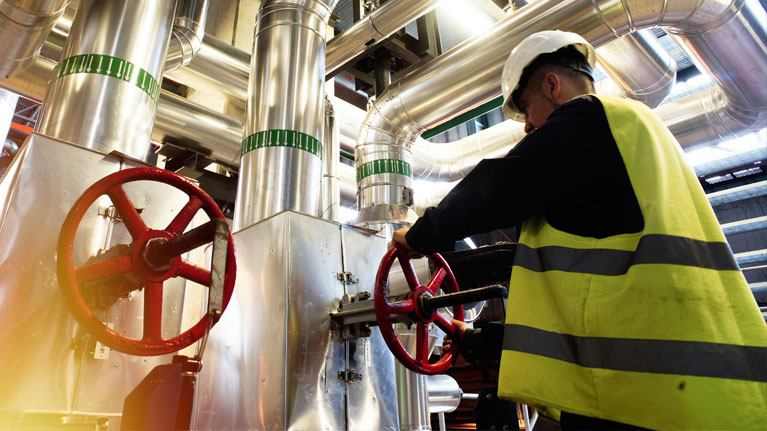
Establishing the objectives is the key to the success of a company’s maintenance programme. In this way, the company ensures that it obtains valuable information on its assets on a regular basis, and is therefore able to measure its progress.
Every company has many reasons to establish a maintenance programme, but in general a programme is governed by two principles: Safety and cost.
Safety usually means avoiding accidents during daily operations or during periods of maintenance.
Cost, however, covers subgroups that include the availability of the machinery, the control of downtime, limiting the number of spare parts in situ and the size of the workforce and, of course, reducing maintenance costs.
The issue revolves around the question: what tests does a company need to carry out on each of its machines?
This question brings us back to the concepts of “safety” and “cost”, since the programme must anticipate the most likely types of failure and must also be profitable.
The first step is therefore to determine how much a company intends to invest in the programme and what results it expects to obtain from each specific test.
There are many documents and case studies that give general indications on how much a company should invest in proactive maintenance depending on the type of industry in which it operates.
Although practically all companies have more than one machine that must be taken into account for predictive maintenance, it is essential to determine if a proactive maintenance programme is profitable and meets the company’s requirements in terms of safety and cost.
Therefore, the needs of each machine will determine the type of programme to be implemented and the investment allocated to it.


